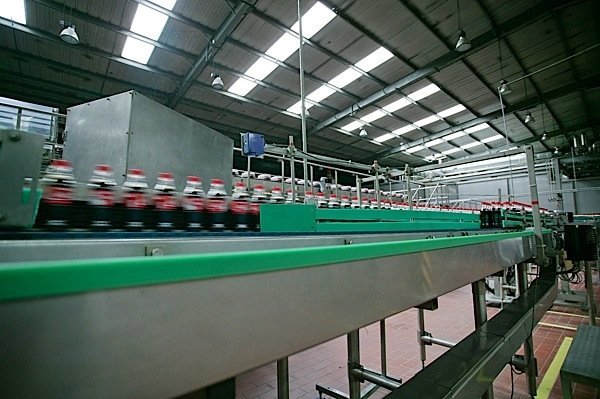Researchers at the Lawrence National Centre for Policy and Management at the University of Western Ontario have published a report on the future of Canadian manufacturing. The report is an attempt to understand why, despite overall growth of 21 per cent in the Canadian economy over the past ten years, real manufacturing output declined by 11 pee cent. Though that situation may be “gloomy,” a number of leading firms have continued to prosper. The report looked at nine of them to see what lessons could be learned and applied to other Canadian manufacturers.
Essentially, the researchers asked two key questions of the successful manufacturers: what strategies have kept them successful, and what role does the government play in supporting manufacturing?
Each firm studied is a “global leader,” that leadership demonstrated by consistent performance in the top quartile among their global competitors in sales growth, operating margins and return on assets. To be included in the study, the firms had to be leaders in their sector and have at least 30 per cent of their sales outside of Canada. The companies that made it into the study were Maple Leaf Foods, Richardson International and Saptuo Inc. in the agri-food sector; Linamar Corporation, Magna International, and Martinreal International in the auto parts sector; and Canada Goose, MEGA Brands, and ShawCor in the “diverse” group of manufacturers.

Exposure to international competition was cited by “almost all” of the executives interviewed for the study as having a positive effect on the firms’ performance. Strong focus on customer needs was a second common characteristic, while the ability to innovate was named by all nine of the companies as a critical competitive strategy.
Two key recommendations emerged from a conference at which the research findings were presented to the nine firms studied. One of these is that Canadian companies must develop the expertise to break into foreign markets. Designating senior-level executives with intimate knowledge of those foreign markets should be considered one strategy to achieve this. The second recommendation is to ensure that firms have access to the skilled workers they need to stay competitive. To do that, they should partner with colleges and universities and let students know that well-paying jobs are available in manufacturing.
Asked why the manufacturing sector has not rebounded more strongly since the global recession, Paul Boothe, the director of the Lawrence Centre told the Globe and Mail that Canada has traditionally relied on one main customer for its exports: the United States. However, the growth in the global economy today is not coming from the US but from Brazil. Russia, India and China, and they are not our “traditional customers.” But they will have to become our customers as the new order emerges.
In addition to tax-related programs, some jurisdictions, often at the sub-national level, offer direct grants to support the location and upgrading of manufacturing plants. The importance of such grants depends on the specific sector and leading firms weigh these grants against a range of other factors in making location and upgrading decisions. While Canadian jurisdictions offer some assistance of this kind, Canada is not a leader in this area.
The Future of Canadian Manufacturing
Canada’s greatest strengths, Boothe said, are its “best-in-class” fiscal regime for manufacturing, great skills, a great immigration system. In order to attract “advanced manufacturing” companies to Ontario, he says, we have to “pick our spots” and ask whether it is worth it. In some cases it will prove too expensive. The report found consensus among the various companies that Canada is not a leader in “location-specific incentives” for manufacturing firms, and this is seen as critical in some sectors, notably the auto industry.


































